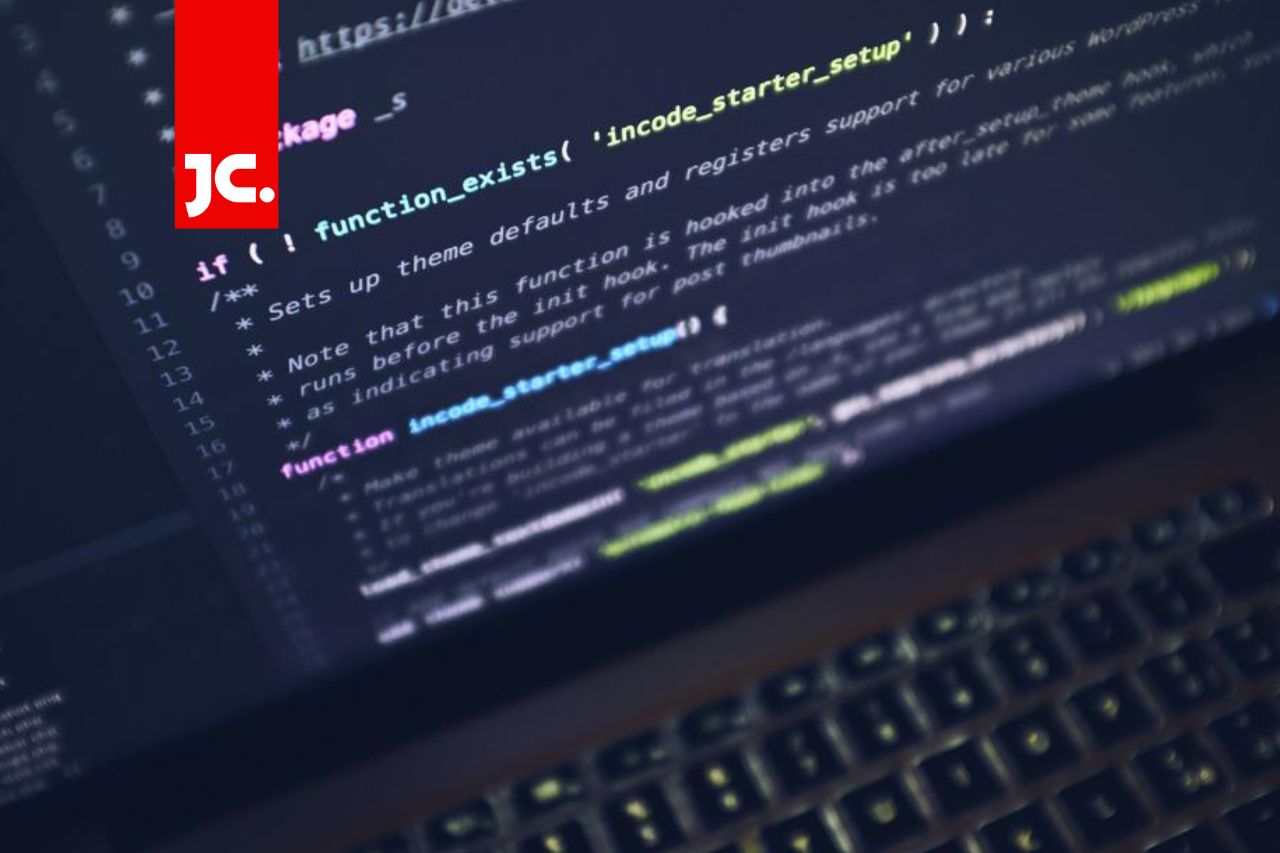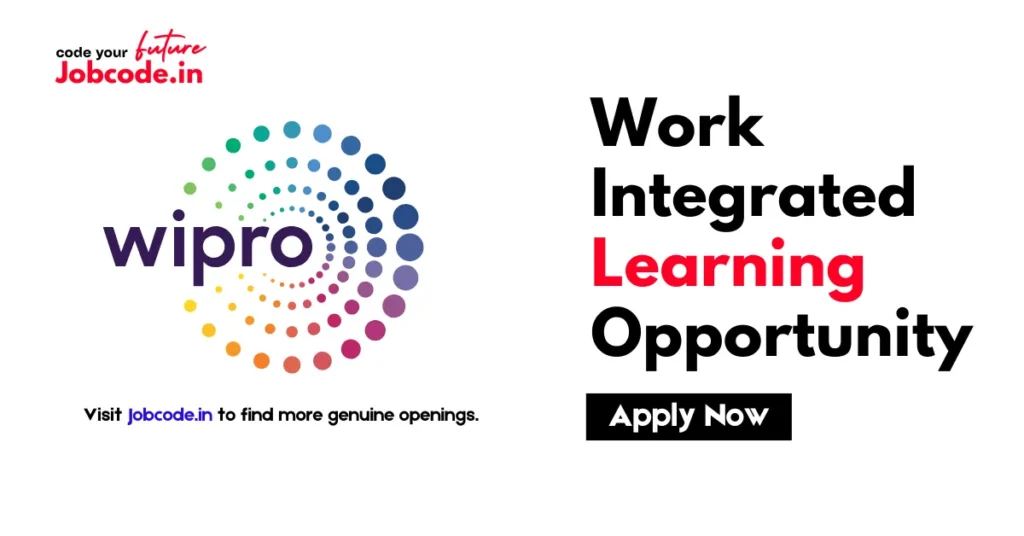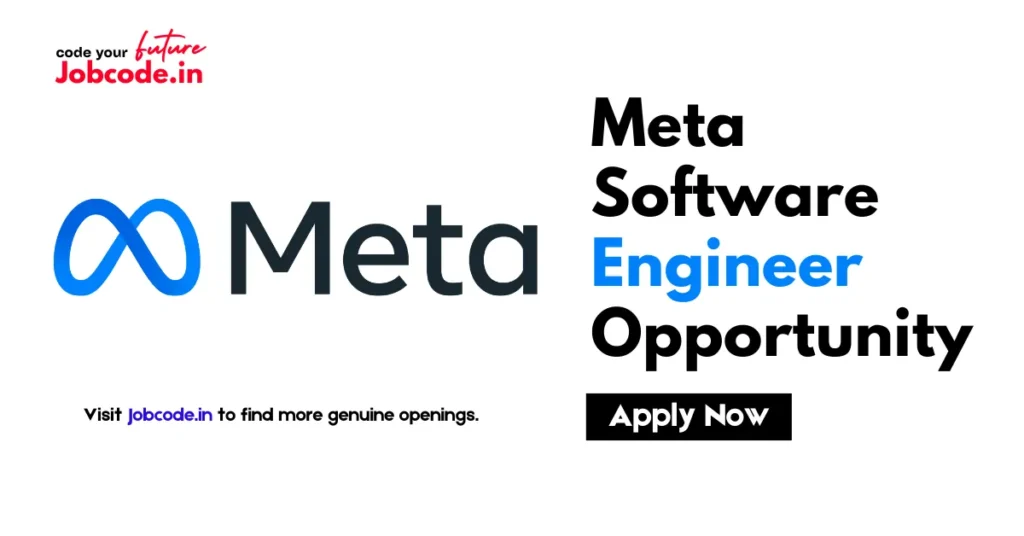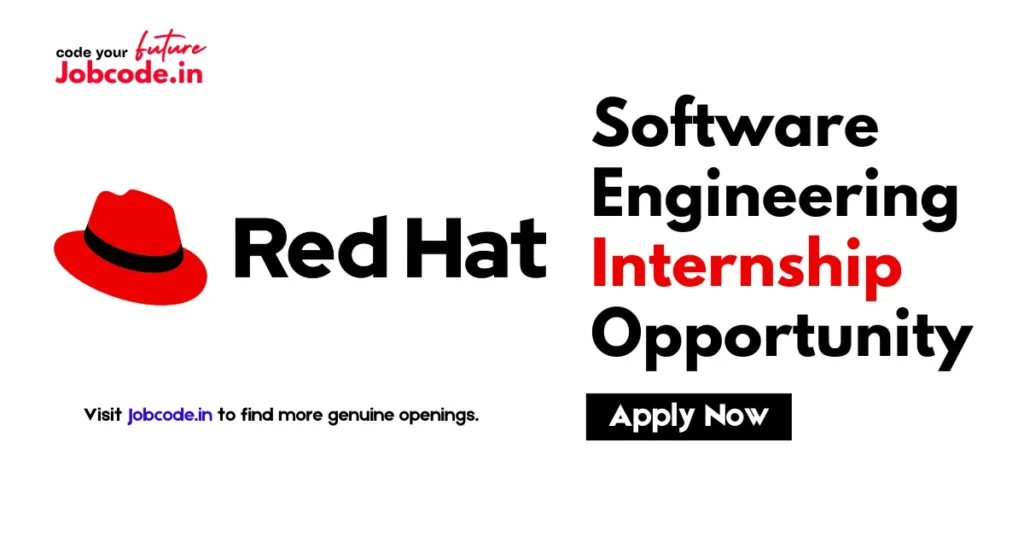Flutter continues to be one of the most popular frameworks for cross-platform app development in 2025. Whether you’re a beginner or an experienced developer, following a structured roadmap will help you master Flutter efficiently. This guide covers essential topics to focus on and provides a clear learning path for becoming a skilled Flutter developer.
- 1 1. Programming Language
- 2 2. IDE for Development
- 3 3. User Interface
- 4 4. Static User Interface
- 5 5. Dynamic User Interface
- 6 6. Animations
- 7 7. Storage Solutions
- 8 8. Third-Party Libraries
- 9 9. Behavior Components
- 10 10. State Management
- 11 11. Quality Assurance
- 12 12. Version Control
- 13 13. Firebase Services
- 14 14. Native Integration
- 15 15. Keep Learning & Improving
- 16 Conclusion
1. Programming Language
Before diving into Flutter, you must understand its primary programming language:
- Dart – Learn the basics of Dart, including variables, functions, object-oriented programming (OOP), and asynchronous programming with
FutureandStream.
2. IDE for Development
Choose an Integrated Development Environment (IDE) to write and test your Flutter apps:
- VS Code – Lightweight and fast with good Flutter support.
- Android Studio – Comprehensive tools for development and debugging.
- IntelliJ IDEA – Alternative to Android Studio with great Flutter support.
3. User Interface
Flutter is UI-centric, and understanding its components is crucial:
Widgets
- StatelessWidget – UI that does not change over time.
- StatefulWidget – UI that updates dynamically.
- InheritedWidget – Manage app-wide state efficiently.
Theming & Accessibility
- Material & Cupertino Widgets – Support for Android & iOS-specific styles.
- Localization – Making your app available in multiple languages.
- Assets – Managing fonts, images (SVG, PNG), audio, and video files.
4. Static User Interface
Learn how to build static UI using:
- Text, Image, Button, RaisedButton, FloatingActionButton
- Container, Row, Column, Stack, Expanded, ConstrainedBox
5. Dynamic User Interface
Understand how to create dynamic lists and views:
- ListView – Displaying scrollable lists.
- GridView – Creating a grid-based layout.
- ExpansionTile – Expandable UI components.
6. Animations
Flutter offers powerful animation capabilities:
- AnimatedWidget & AnimatedBuilder – Simplify animations.
- AnimationController & CurvedAnimation – Control animations.
- Hero Animation – Smooth screen transitions.
- Transform & Opacity – Create stunning UI effects.
7. Storage Solutions
Persist data using different storage methods:
- SharedPreferences – Simple key-value storage.
- File Storage – Save files on the device.
- SQLite & Hive – Store structured data locally.
8. Third-Party Libraries
Enhance your app with popular libraries:
- http & dio – Making API calls.
- get_it – Dependency injection.
- cached_network_image – Efficient image caching.
- flutter_webview_plugin – Embed web content.
- SQFlite & rxdart – Database and reactive programming.
- font_awesome_flutter – Custom icons.
9. Behavior Components
Implement essential app functionalities:
- Permissions – Handling runtime permissions.
- Local & Push Notifications – Sending user alerts.
- Download Manager – Managing file downloads.
- Media Playback – Audio and video player integrations.
- Sharing – Social media and file sharing features.
10. State Management
Manage app state using different approaches:
- setState – Basic state management.
- Provider – Recommended for medium-scale apps.
- Redux & BLoC – Advanced state management for large apps.
- MobX – Reactive state management solution.
11. Quality Assurance
Ensure high app quality with testing and monitoring tools:
- Firebase Crashlytics – Monitor crashes.
- Google Play Beta Tests & TestFlight – Distribute beta versions.
- App Center – Cross-platform CI/CD tool.
- Analytics – Track user behavior.
12. Version Control
Use Git-based platforms for project collaboration:
- Git, GitHub, Bitbucket, GitLab – Manage code and track changes.
13. Firebase Services
Integrate Firebase for backend support:
- Firebase Authentication – User authentication.
- Firebase Database – Real-time database.
- Firebase Storage – Storing user-generated content.
- Firebase Messaging – Push notifications.
14. Native Integration
Connect Flutter with native functionalities:
Android
- Android Studio, Java, Kotlin – Native Android development.
- App Signing & Google Play Store – App publishing.
- In-App Purchases – Monetization strategies.
iOS
- Xcode, Swift, Objective-C – iOS development.
- Apple Certification & App Store – iOS app publishing.
15. Keep Learning & Improving
- Stay updated with the latest Flutter features.
- Follow official documentation and community forums.
- Experiment with projects and open-source contributions.
✨ Requirements to Get Started
- Any operating system (Windows, macOS, Linux).
- Any IDE with Flutter SDK installed.
- Basic knowledge of Dart and Flutter.
- A willingness to learn and improve! 🤓
Conclusion
Following this roadmap will help you become a proficient Flutter developer in 2025. By mastering UI components, state management, animations, storage solutions, and Firebase integration, you’ll be equipped to build high-quality applications. Keep learning, experimenting, and staying up-to-date with the latest Flutter trends. Happy coding!








